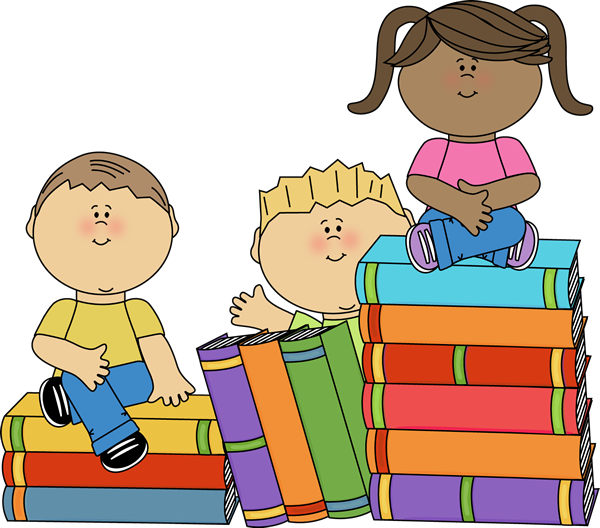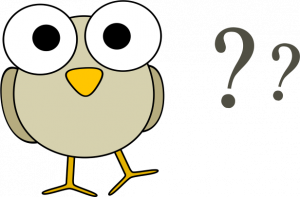Introduction:
I know I’ve already said this but before beginning this course, I de-selected all of my print reference resources mostly because nobody was using them. Upon reflection, maybe I was not promoting them enough so students didn’t know how to use them or want to use them. As well, maybe the reference resources didn’t really spark any interest for me either because they were old, dingy and kept out of reach for me as well as the students. Side note: I am about the same height as an average grade 5 student so I can see from their point of view, literally. Anyways, I didn’t even think we needed the print reference resources because they are found on-line; however, students don’t know how to use those either! I agree with Rieding when it states, “Often students will expect quick and authoritative answers to their questions using an Internet search engine such as Google, but are often disappointed by the number of irrelevant results and annoying advertisements” (Reidling, p39) and it can be frustrating for all involved.
So, in working through this theme and exploring some resources, I started to think about how useful and interesting the students would find some of them. In particular, for this post, I want to focus on some reference types from Theme 3: thesari, handbooks, encyclopedias, and atlases.
Thesari:
To begin, I was thinking that my grade 4/5 students probably do not know what a thesaurus is but would probably find it pretty handy! In elementary school, I find that students need specific instruction to use a print dictionary or thesaurus. Some students use them independently, but most want to use online sources. The thesaurus I previously had was also difficult for elementary students to use with only text so I would like to get something with visuals like this:
In addition to showing them a print copy and Thesaurus.com I feel like an activity like this would be fun to test their knowledge:
By doing this kind of activity, it makes students realize what a synonym is, why it is important and if they need to know a bit more. Then, maybe they will be motivated to use a thesaurus on their own! Wouldn’t that be exciting?!
Handbooks:
I have never really thought about having handbooks in the library and I definitely did not think of a handbook as a reference material, for some reason! A handbook is one reference material that I would consider purchasing in print form for the library because “Print copies of almanacs are relatively inexpensive sources of information. By purchasing these resources, the teacher-librarian is able to keep up-to-date information at hand for ready reference” (UBC, lesson 12).
For handbooks, Reidling suggests, “Sources included in a school library collection should be based on the students and community served, the types of questions asked, and the number of questions posed in a particular subject area (curriculum needs). Another critical factor in the selection process is the geographic location of the school” (Reidling, p41). My school is in a semi-rural setting and started a school garden last year so it is really just getting started. Each class has their own plot that they look after but the library does not necessarily have its own. So, I was wondering how the library could be involved and the readings reminded me about the Farmer’s Almanac which, again, I did not think of purchasing as a library resource.
It is reasonably priced on Amazon for $7.91, so I
wouldn’t mind spending that yearly.
The TL could be involved in early planning with classes and use the Farmer’s Almanac as a guide. I like that there is a yearly print version and an online version as well.
At the moment, the online Farmer’s Almanac has a section for kids. https://www.almanac.com/kids
This would be cool for kids to explore and apply to their own gardens as well as using the rest of the site especially with their knowledge of the school garden from the previous year.
Encyclopedias, maps and atlases:
In my exploration of resources, I got some lesson ideas where students can find information about topics of interest by using these atlas and encyclopedia resources.
I had a hard time considering the purchase of a new atlas because of the high cost, inconsistent use and the fact that “A five-year-old atlas is considered historical”(Reidling, p.80). Therefore, I would mostly promote online resources to students because “With the wealth of geographical sources currently online, it is now significantly less complicated to fulfill the diverse requests required by students”(Reidling, p79). It might be good to have at least one current print atlas and encyclopedia but “Regardless of the format, the resources must provide the desired information quickly and easily and be clear and legible” (Reidling, p.80).
National Geographic kids has many options where students can access integrated information. For example, when I typed in “MAPS” in search, it produced some animal results and when I explored those items, the information combines maps with the animals such as this information on Grey Wolves.
I like The Canadian Encyclopedia as a free encyclopedia resource because of its many features such as geographical features in each province and maps. For example, in the “browse” area, I searched “Geographical Features” and found an article on “Allison Pass” where is shows a map of the area and discusses the location and elevation. Students can relate to areas that they may be familiar with in their own province and explore other areas of interest as well.
Conclusions:
So, if the reference resources are presented in a more appealing way and students are taught how interesting and useful they are, I could see justifying the purchase of more print resources. To be honest, when I started this course, I was not interested in reference materials and I don’t think I completely understood what reference materials were! I didn’t have any in my library and wasn’t planning on purchasing any more. In addition, as a fairly new TL, I was still figuring out what kinds of lessons are important to teach at which grade level to truly utilize all of what the library can offer. I found that intermediate students don’t need a story every time but do benefit from lessons like how to use more features of the library catalog. Now I would add lessons on how to use reference materials, such as the ones I have discussed, because now I know more useful resources that the students would find interesting. I still think that the print reference materials I originally had were old and boring but now I also know that it doesn’t have to be the case. Each year, I have a running list (mostly in my head) about resources that the school needs for the coming year and now new reference materials are on the (mental) list.
Works cited:
Riedling, A. (2013). Reference skills for the school library media specialist: Tools and tips, (Third Ed.). Santa Barbara, CA.: Linworth, an Imprint of ABC-CLIO, LLC.
UBC. (Winter 2020). “Lesson 12: Dictionaries and thesauri; almanacs yearbooks and handbooks “. Theme 3: Reference Materials in LIBE 467. Canvas Online Classroom.
Bibliography:
Do you know your synonyms, or words that mean the same thing? | CBC Kids. (2020). Retrieved 4 April 2020, from https://www.cbc.ca/kidscbc2/the-feed/do-you-know-your-synonyms-or-words-that-mean-the-same-thing
Hellweg, P. (2018). The American Heritage children’s thesaurus. Houghton Mifflin Harcourt.
Home | The Canadian Encyclopedia. (2020). Retrieved 5 April 2020, from https://www.thecanadianencyclopedia.ca/en.
The Old Farmer’s Almanac. (2020). Retrieved 5 April 2020, from https://www.almanac.com/.
Thesaurus.com – The world’s favorite online thesaurus!. (2020). Retrieved 4 April 2020, from https://www.thesaurus.com/.





